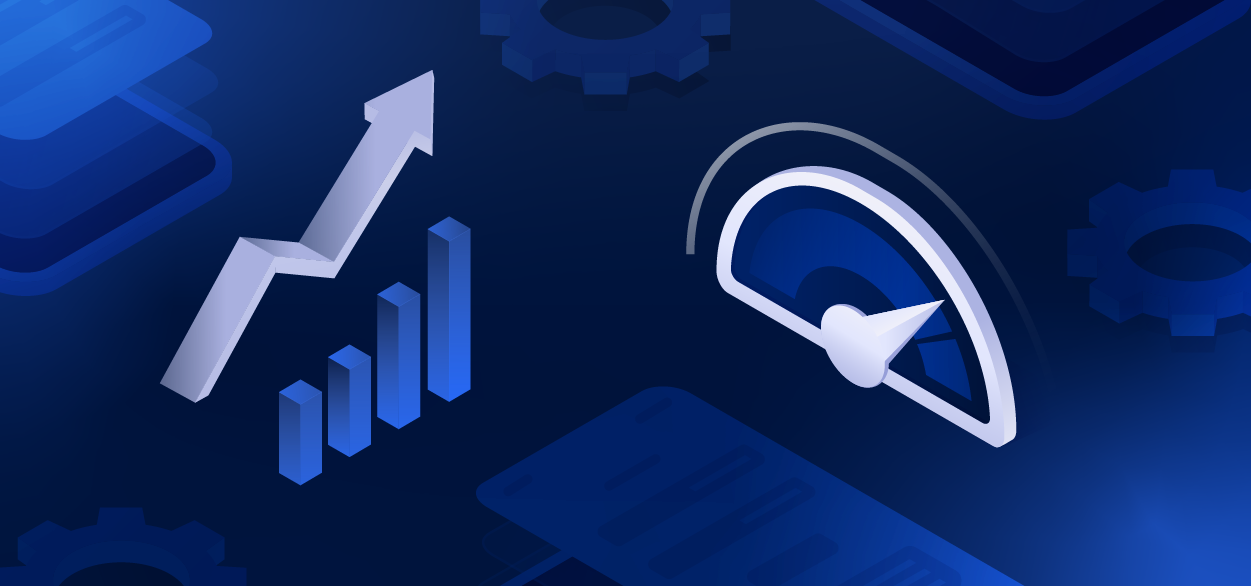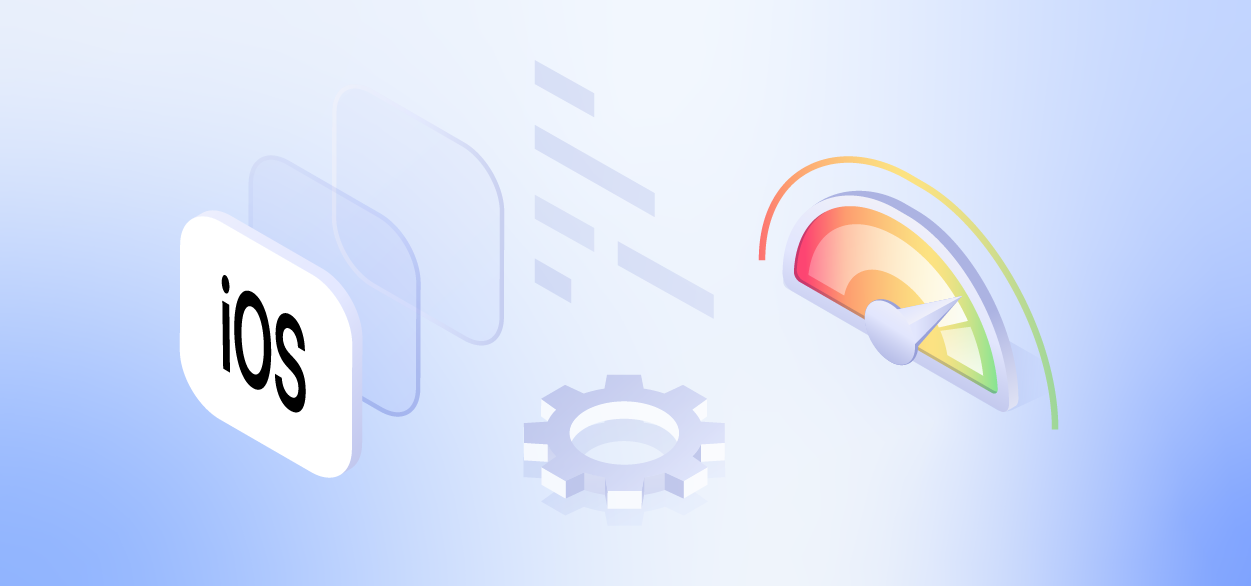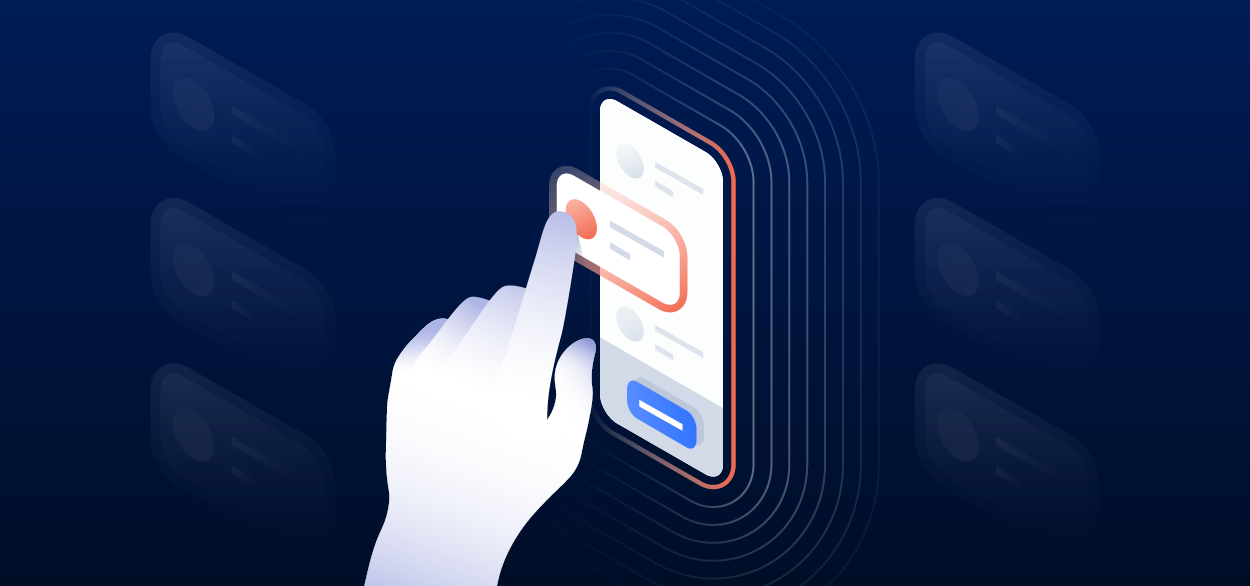As a mobile developer, you want your app’s users to have an experience that’s as positive and as seamless as possible. Besides creating top-notch UX and UI, an important part of building an app people love coming back to is not only avoiding crashes but also providing a stellar app performance.
User expectations have been steadily growing, with 76% of them saying their expectations of digital services have increased. And 93% of those said they expect reliable and consistent performance.
This is where mobile observability steps in. Observability refers to the ability to assess a system’s state based on its outputs, like sensor data. If you can determine how well your app is performing by only looking at its outputs, your app is “observable.” This data can provide you with all kinds of insights that traditional error reporting tools can’t. Traditional crash reporting tools are able to detect issues, but observability tools can not only detect issues and identify what's causing them, but they can also help you get ahead of issues before they arise and allow you to understand and improve your overall app performance.
Let’s dig into a few reasons why mobile observability is essential to a positive user experience:
Why mobile observability matters
Observability is critical to mobile experiences compared because people have become more reliant on their phones for their day-to-day lives, especially in a post-COVID world. Mobile phones also present a lot more variables to the equation because they operate in a lot of different environments circumstances. There are a lot more opportunities for things to go wrong, but research shows that 55% of your users will blame you for any performance issues. It benefits to have observability to optimize your mobile user experience and account for all possible scenarios.
Traditional crash reporting and error monitoring tools only tell you when an error has occurred, but they can't help you understand your app's overall performance. But a data observability platform like Instabug can not only detect issues as they happen but can also help you get ahead of these issues and identify where your app might be performing poorly and offering a frustrating experience for your users.
How mobile observability affects your users
One of observability’s biggest perks is that it gives you actionable insight, not just vague percentages of what’s happening with your app. Users won’t know what you’re doing behind the scenes, but from their point of view, mobile observability will improve app aspects like:
Memory issues
Have your users complained that the app is crashing, but your performance monitoring tool says your crash rate is in a good place? You might have an Out of Memory (OOM) error or an Application Not Responding (ANR) error. From a user's perspective, these appear the same as crashes, but typical monitoring platforms don’t often account for them. Memory issues can happen when your app surpasses operating system memory limits, such as loading excessive photos and videos.
OOM and ANR errors can stump developers because they don’t have insight into why their app is crashing; they just know users are saying so. However, mobile observability platforms can collect data from individual user sessions and determine where systems are straining too hard, enabling you to account for when the software needs more powerful resources.
Faster app launch times
Let’s put it this way: app users are not patient people. If your app doesn’t load almost immediately, they have plenty of other options they can switch to. In fact, 49% of users expect apps to start in 2 seconds or less. You might be the same way — if you want to order food on one app, but it takes too long to open, do you wait for it, or do you close it and move to another?
Any number of factors can influence your app launch time though. Some things might be on the users’ end, but others might be on yours. Apps require resources to load, so when was the last time you checked if something was blocking those resources? It could be ads or external software development kits slowing the process down. With a mobile observability platform, you can see what’s impeding your app’s startup time and fix the issue swiftly. The faster your app loads, the more likely consumers will continue using it.
Mobile WebView UX
If your business uses both an app and a website, it’s possible you made some of your web pages visible through the app — which means they’re not part of the app’s code itself. There’s nothing wrong with developing your software this way, but your users may experience WebView failure that traditional mobile crash reporting tools don’t understand.
From a user’s point of view, they might see a screen with a blank page or scattered boxes where images are supposed to be. It makes your app look unprofessional and untrustworthy. It’s difficult to detect if WebView problems are happening without an observability platform, but with one in place, you can monitor them in real-time and reload the pages users are on immediately, so they don’t give up or switch to one of your competitors.
Better shopping experiences
If you sell products or services through your app, the slightest delay in the customer journey can drive shoppers somewhere else. They might be excited to purchase a full online cart — but if there’s a lag, or if your app crashes, shoppers might decide following through with the purchase isn’t worth their time. A different reporting tool might notice your abandoned cart rate is high, but only a mobile observability platform can analyze particular reasons why customers didn’t convert and help you address specific issues.
Conclusion
Your business might depend on your app’s user experience. Consumers care a lot about it, so it’s crucial to provide them with an app that’s well-designed, easily navigable, doesn’t crash, and is highly performant. Optimized user experiences require mobile observability for enhanced data insight. Instabug can help you dive into user sessions, collect actionable data, debug issues quickly, and make your app’s overall mobile user experience a memorable one.
Learn more:
- What is Application Performance Monitoring?
- Mobile App Performance Metrics and KPIs
- Mobile App Quality: An Essential Guide
Instabug empowers mobile teams to maintain industry-leading apps with mobile-focused, user-centric stability and performance monitoring.
Visit our sandbox or book a demo to see how Instabug can help your app












